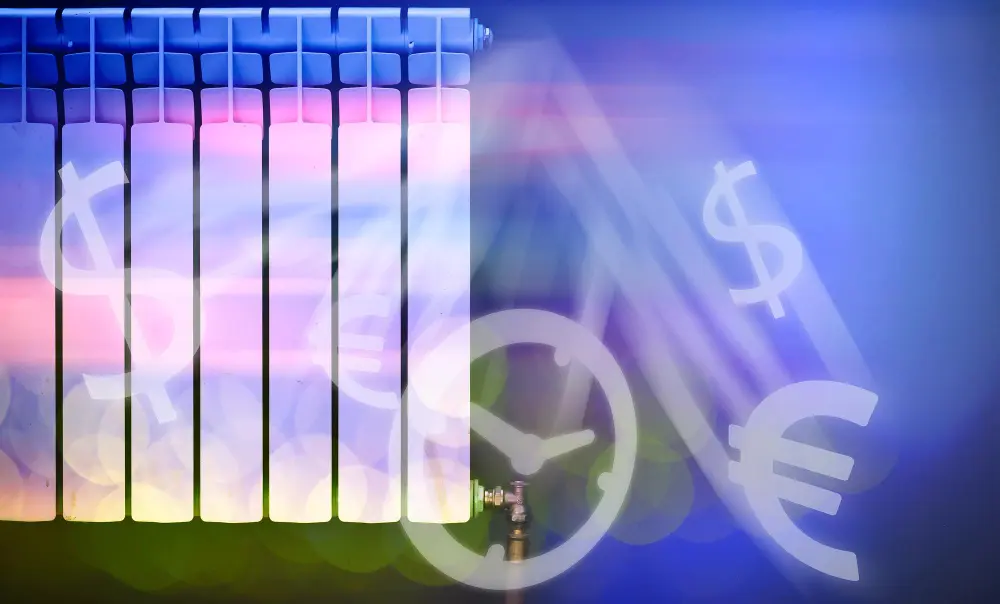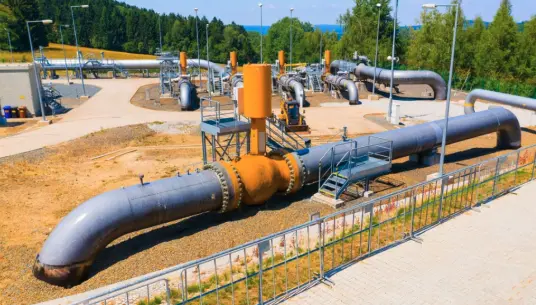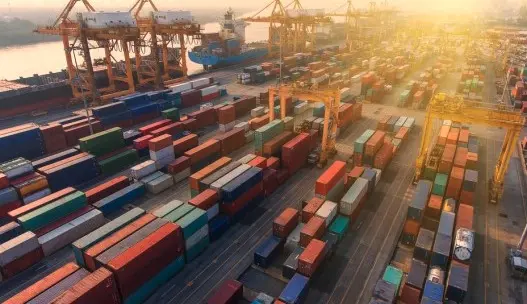What Has Been Driving China’s High-tech Manufacturing Production?
As shown in Exhibit 4, many of the high-tech manufacturing sectors exhibit higher import dependence and export exposure, making them a focus of government policy for continued import substitution to enhance self-sufficiency, alongside government efforts to stabilize export growth amid rising trade uncertainty. Policymakers aim to move up the value chain and enhance supply chain resilience, reducing reliance on foreign suppliers and technology to avoid bottlenecks (such as the US chip export controls).

This strategy aligns with the broader goal of fostering “new quality productive forces”. In May 2023, top leadership established a Central Commission on Science and Technology to accelerate technological innovation. Since then, senior policymakers have prioritized high-tech sector development as a key driver for the Chinese path to modernization Recent policy initiatives further reinforce this shift. At a joint press conference during the Two Sessions in 2025, senior policymakers announced a series of measures to support high-tech manufacturing.

These include the establishment of a National Venture Capital Guiding Fund, the expansion of the relending program to support technological innovation, and greater support for direct financing of high-tech sectors, such as launching a Sci-Tech innovation board for the bond market. On the demand side, the rapid expansion in external demand during the Covid years amid strong global goods demand and pervasive ex-China supply chain disruptions, coupled with the sector’s higher export exposure, likely has contributed to production growth. Real exports in the high-tech sector grew at an annualized rate of 8% in 2019-24, up from 2% in 2014-19 (Exhibit 5). Exhibit 6 shows that high-tech manufacturing is the only sector within the broader manufacturing sector to maintain strong profitability. A cross-industry panel regression shows a strong correlation between profitability and production in the high-tech sector, while other industries exhibit little correlation. This likely suggests more favorable supply and demand dynamics within high-tech manufacturing, in contrast to the potential overcapacity in non-high-tech manufacturing.



















































































